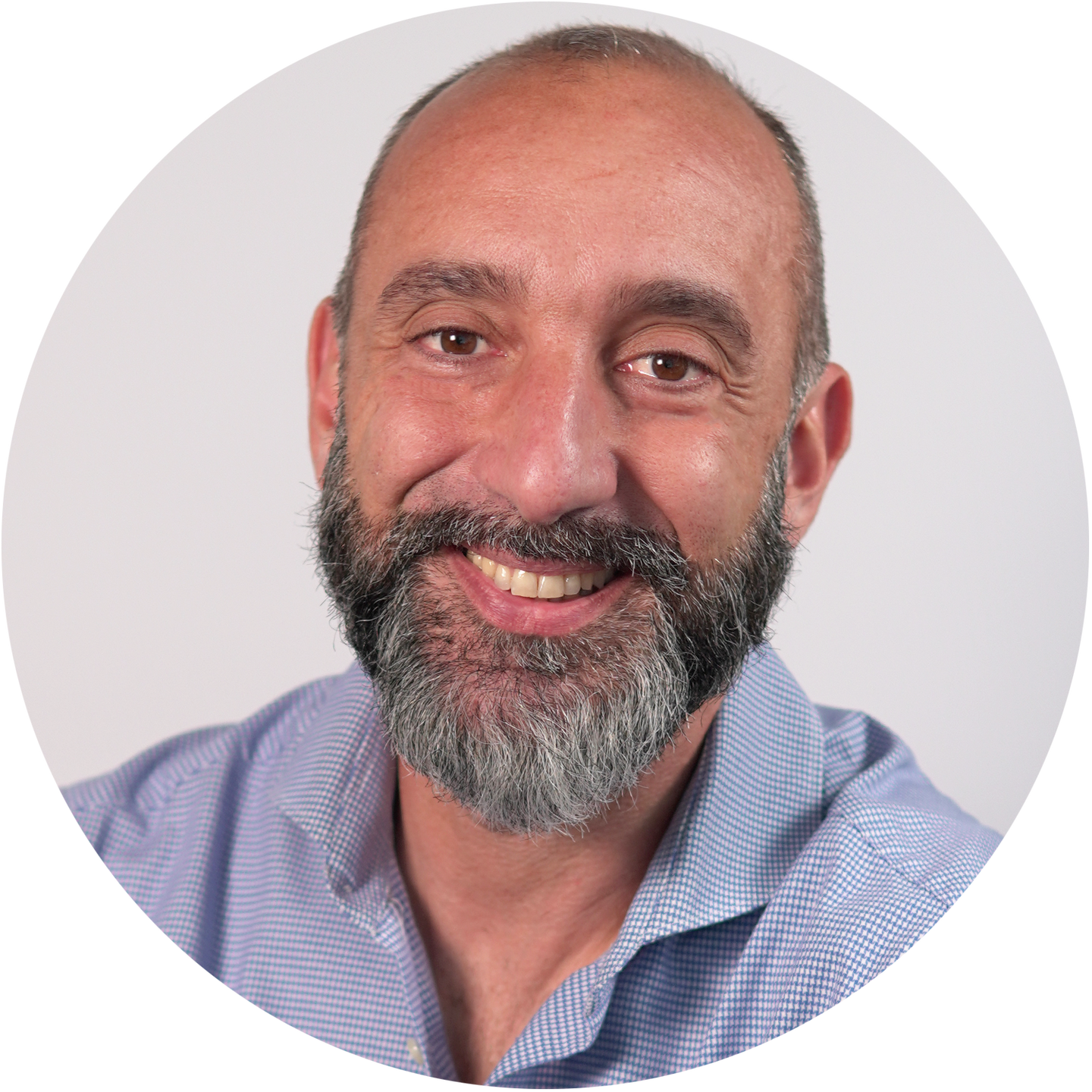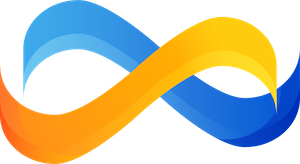
Extended Integrative Reprocessing and Reconsolidation Protocol
for Traumatic Memories and Dysfunctional Schemas
and other Optimized Tools and Procedures for Change
The most effective change mechanisms - with solid scientific foundations - combined and optimized in a flexible protocol to work on:
traumatic and somatic memories, dysfunctional patterns and modes, unintegrated parts, and other types of implicit learning
Until November 3, 50% off!
Watch the presentation video:
The Protocol - What It Is
The Extended Integrative Reprocessing and Reconsolidation Protocol
for Traumatic Memories and Dysfunctional Schemas (briefly RePro), can be fully understood by analyzing all the terms in its name:
Protocol = a structured method in multiple phases, with a clear sequence and precise indications
Extended = it is made up of a basic structure and numerous modules that can be added to touch upon every aspect deemed relevant; moreover, it's an embodied method in a broad and profound sense (watch the presentation video to learn more)
Reprocessing = aims to rework data, information, sensations, emotions, experiences, and other aspects that remained blocked or unprocessed at various levels (mental, emotional, somatic, allostatic load, stress axes, etc.)
Reconsolidation = leverages memory reconsolidation mechanisms to make memories and learnings pliable to change
Integrative = (re)unites and makes parts or elements that previously did not collaborate work in synergy; moreover, it integrates through different processes the sensory and bodily aspects with emotions, thoughts, motivation, and identity
Traumatic Memories and Dysfunctional Schemes = with these terms, in summary, the different aspects on which it is possible to intervene are indicated, including: modes, beliefs, parts, self-images, implicit learnings, bodily maps, somatic memories, etc.

The Protocol - What You Will Learn
The RePro Protocol guides you through a structured path, based on the integration of the most advanced scientific research with immediately applicable practical techniques.
You will learn to:
- Identify, reprocess, and reconsolidate memories, learnings, modes, or dysfunctional schemes.
- Make adaptation modes, self-representations, and deep beliefs pliable and open to change.
- Know, integrate, and make the different parts, functions, and schemes synergistic.
- Develop new adaptation modes, relational, self-regulation, self-images, behaviors that are functional and coherent.
- Use a global approach that considers the individual in their entirety, mind-body, that includes from the cellular and epigenetic level to the most sophisticated parts of thought and identity.

A DIRECT ACCESS PATH
How is it possible to directly act on the deep levels underlying the mechanisms of adaptation, emotional responses, stress levels, and personal identity?
How can change and development be fostered in a structured and scientifically founded manner?
How is it possible to overcome modes that have structured over time and modify memories and images considered now indelible?
The answer consists of several factors:
> With the right levels of activation on all levels (sensory, neurobiological, emotional, posture, movement, etc.);
> Respecting the timing of the consolidation and reconsolidation phases of memories and general learnings;
> Leveraging reprocessing mechanisms at the mental and emotional, but also perceptual and somatic levels;
> With the support of what in the protocol are called "add-ons", namely: sensory stimulations (lights, sounds, etc.), micro-movements, engaging posture and balance, with complex movements, negative phase movements, ocular movements (NB: the protocol includes different modalities from those of EMDR), psychosomatic releases, and many other ways you will learn in the course;
> With unconscious sensory stimuli (in the sense of "below the level of awareness") that can be provided in many ways, including with the RePro App.
The RePro Protocol, the App, and a series of methods and procedures available in this course, are based precisely on these mechanisms!
With the guidance and tools of the RePro Protocol, you can support your patients in areas and on issues such as:
❖ Ineffective and non-adaptive modalities and response patterns under stress
❖ Traumatic memories and learnings with dysfunctional emotional connotations
❖ Somatic memories (emotional postures, muscular chains of stress axes, scars, psychosomatic blocks, etc.) that influence emotional and mental states
❖ Psychophysical activation levels, ideomotor automatisms, and other protective schemas not suitable for the current context and relationships
❖ Reorganization of functioning and integration of different Parts (of the Self or according to other models)
❖ Metabolic, neural, and immune activation levels (fundamental to act on psychosomatic issues)
❖ Incoherent and unintegrated body images and maps
❖ Other complex phenomena that significantly influence the way of living and decisions made every day.

ANALOGIES AND DIFFERENCES WITH OTHER APPROACHES AND METHODS
If you're wondering if this Protocol is a variant of EMDR, Flash Technique, AEDP, ART, Cognitive Psychotherapy techniques, or something else… the short answer is: no!
If you know and like them, here you will find some mechanisms common to these and other effective techniques, explained and explored also from the perspectives of other disciplines and viewpoints. This will allow you to use them even better, with further insights and integrations.
Moreover, as with everything we do with Integrative Sciences, because our focus is multi-disciplinary integration, we analyze and include other mechanisms as well, in order to increase the areas of intervention and the processes on which to act.
Thus emerges a unique protocol different from other techniques, with a base schema and many modules that can be added for specific purposes. You can use this protocol as it is or use some elements and phases as an expansion of other techniques you already use.
TRAINING MODULES INCLUDED IN THIS COURSE
MODULE 1
Online lessons you can follow as soon as you register:
Extended Integrative Reprocessing and Reconsolidation Protocol for Traumatic Memories and Dysfunctional Schemas
⇨ Introduction to the Protocol
⇨ Learning and change mechanisms
⇨ Processes and mechanisms to manage
⇨ Practice Implications
⇨ Protocol phases: a brief overview
Phase 0 - PREPARATION
⇨ Preparation: introduction
⇨ Identifying the Starting Dysfunctional Element (SDE)
⇨ Finding the Contrast Element (CE)
⇨ Functional Vs Dysfunctional: advantages and disadvantages
⇨ The importance of Pre-conditions (and how to develop them)
Phase 1 - REACTIVATION (old schema/memory)
⇨ Introduction to Phase 1
⇨ Reactivating sight
⇨ 3 Examples throughout the protocol
⇨ Reactivating hearing
⇨ Reactivating Touch
⇨ Reactivating smell and taste
⇨ Reactivating interoception (and proprioception)
⇨ Moving along the temporal axis
⇨ Further insights (behaviors, self, decisions, etc.)
Phase 2 - ACTIVATION (new schema/positive event)
⇨ Introduction
⇨ Analogies and differences with phase 1
⇨ Methods and Techniques
⇨ Cases
Phase 3 - Mismatch
⇨ General indications
⇨ Method indications
⇨ Cycles of weakening and reinforcement
⇨ The centrality of the reaction to mismatch
⇨ Remembering the somatosensory level
⇨ Optional additions
⇨ Cases
Lessons to be added shortly in the coming weeks:
Phase 4 - Evolutionary Integration
⇨ General indications
⇨ What to do
⇨ Organizational facilitation
⇨ Promoting recovery and flexibility
⇨ Using sub-behaviors
⇨ Integrating parts, roles, etc.
⇨ Matching images and symbols
⇨ Creating cues
⇨ Cases
Add-ons (neurobiological enhancements) for Phases 1 to 4
⇨ Introduction
⇨ Many ways to use the eyes
⇨ Many ways to use the breath
⇨ Leveraging the brain's functional overlapping
⇨ Using balance and posture
⇨ Leveraging complex movements
⇨ Localized psychosomatic releases
⇨ Sounds and music
⇨ Using masked stimuli with the app
Phase 5 - Maintenance and Development
⇨ Objectives
⇨ Completing the process
⇨ Extending the effects
⇨ Including RePro in other approaches (visualizations, hypnosis, etc.)
⇨ Story-telling versions (for adults and children)
⇨ HXD (Human eXperience Design) versions
⇨ Maintenance strategies
MODULE 2
Already available online
Changing memories, recollections, and learnings: effective techniques
⇨ Introduction
⇨ Everything needs to be learnt
⇨ How learning and memories are “written”
⇨ The two critical moments of learning and change
⇨ MECHANISMS AND PRACTICAL TIPS
⇨ 1. Using emotion and physical activation
⇨ 2. It’s a recent memory…how to intervene?
⇨ 3. The best reward…is not a reward
⇨ 4. Post-learning rest (and more)
⇨ 5. Using correlated stimuli during sleep (or relaxation, meditation, hypnosis)
⇨ 6. Rewriting/reimagining stories
⇨ 7. What else you can do right away
MODULE 3
Already available online
App RePro
RePro App: Key concepts and information
⇨ A short overview
⇨ Visit our web tool
⇨ Non-conscious is not subconscious
⇨ Primary level intervention: how and why?
⇨ Difference between “words” and “images” modes
⇨ Selecting themes and stimuli
Procedures and Protocols
⇨ Basic process 1: returning to physiology
⇨ Basic process 2: contextualising reality-response
THE AUTHOR OF THIS METHOD
Fabio Sinibaldi, PsyD, MBPsS
Author | Research & Development Professional | Integrative Psychotherapist | Keynote Speaker
President of the Association for Integrative Sciences
Fabio is an expert in Applied Neurosciences and PsychoNeuroEndocrineImmunology which he combines with an evolutionary and ethological standpoint.
With an international career spanning more than 20 years, he is the founder of the Association for Integrative Sciences and of the Real Way of Life research and training institutes.
Working as a clinician, researcher and trainer, he is the developer of the Integrative Sciences, the Switch Model, the Integrative Functional Patterns, Isometric Emotions techniques, Ideographic Thinking, and several other integrative techniques (developed to manage psychosomatic diseases, chronic stress, trauma, self-regulation, emotions, development processes, etc. in a targeted way).
His work incorporates: neuroplasticity, brain and mental metabolism, brain networks, nutritional neuroscience, primal social intelligence, mental-postural-emotional-motor flows, and more.
He conducts seminars on The Switch Model throughout the world.
Lecturer at post graduate schools of psychotherapy and counselling, he holds seminars for universities and institutions in different countries.
Fabio regularly attends national and international congresses as a speaker, as well as an author of many successful books and articles published in different languages, including:

Whatever the goal (therapeutic, educational, training), achieving it requires learning something new or modifying something:
-
a schema
-
a belief
-
a modality
-
dynamics between parts
-
a fear or a habit
-
a body map
-
a somatic learning
With the Extended Integrative Reprocessing and Reconsolidation Protocol, you have numerous tools and a structured method to act on all these aspects.

Within this course, you also find a tool to support the Protocol and other Methods of working on memories
the RePro App

Underlying processes
Our perceptual system can identify an image or a word after viewing it just a few seconds and even if it is a little masked (made less identifiable at a conscious level).
Even when there is no conscious awareness, mechanisms and adaptation processes are activated automatically.
You can objectively identify that there has been an activation of the stress axis (tachycardia, muscular activation, changes in breathing, release of adrenalin, cortisol and other neurotransmitters etc.) after stimulus from the RePro App (which allows showing an image or a word for a few milliseconds, enough to activate the brain's adaptation responses but without the person being aware of it) via HRV, vagal tone and biomarker measurement tools to name just a few.
In addition to this, specific brain areas are activated depending on the type of stimulus shown (for example nurture circuits when the image shows an unhappy child, social regulation circuits when there is an aggressive person pictured, fear circuits when shown a spider in case of phobia etc.)

This course is one of the Core Modules of the Integrative Sciences HUB
Like all the other HUB modules and core techniques
this course will provide you EACH MONTH with NEW:
updates, practical tools, application variations and insights
In addition, the HUB provides regular live (online) insights meetings, practical case studies and the opportunity to engage with the Community with group activities, and take part in other useful initiatives.

Enroll in the HUB today!
PROMOTIONAL OFFER
50% off until November 3!
ONLY 180 90 € a YEAR
=~ $103 USD / £80 GBP
You can take part in all the above-mentioned courses and many others (plus one new course every month) thanks to this extremely advantageous offer.
*This introductory price remains frozen for further renewals. I.e. if you sign up with 90€/year promotion, each year you will pay only 90€
(automatic renewal the next year, you can cancel any time before, but we hope you’ll join the 89% of trainees that stay with us forever!).

